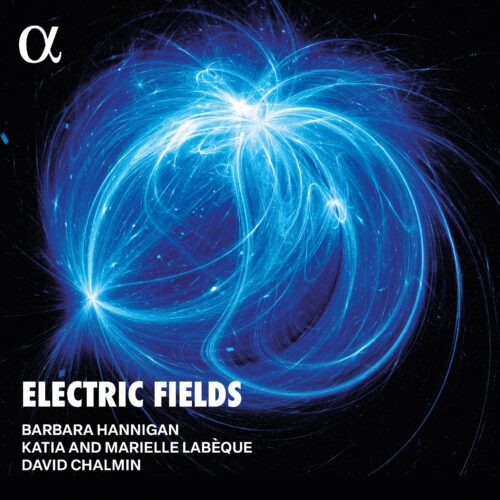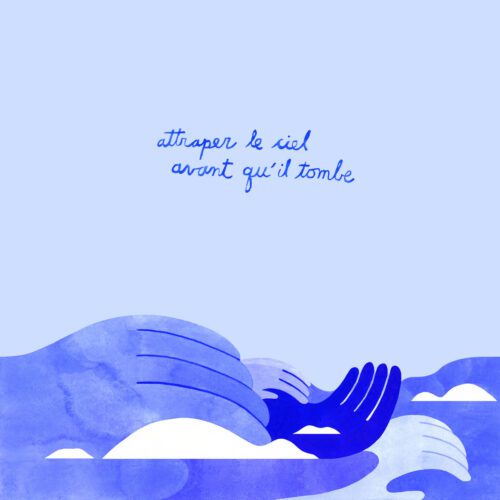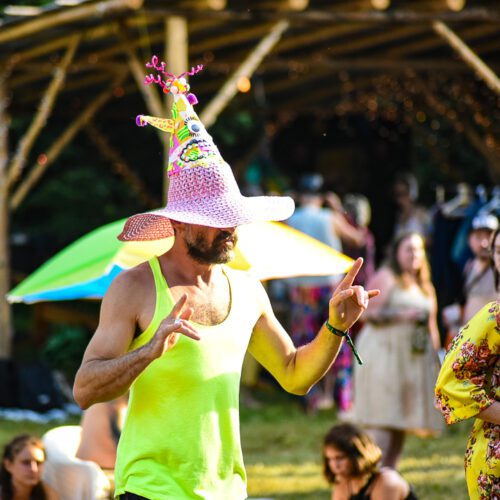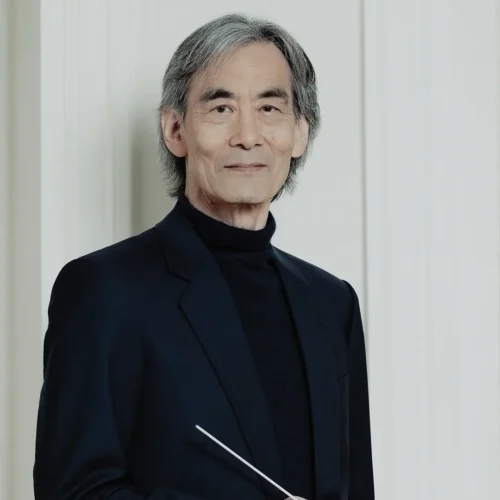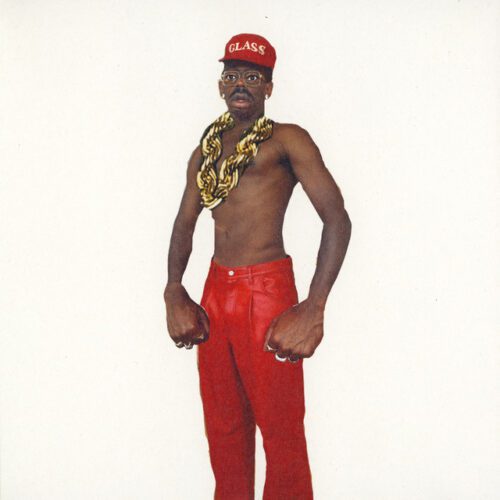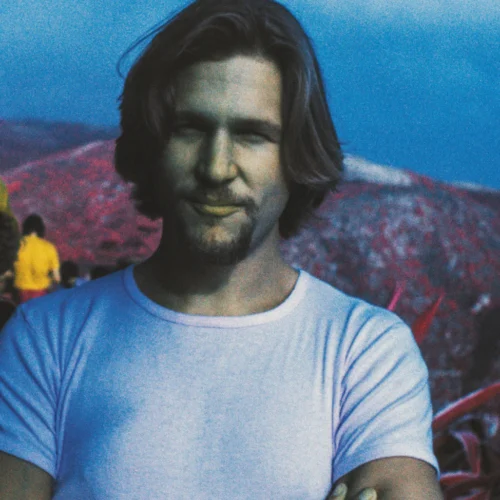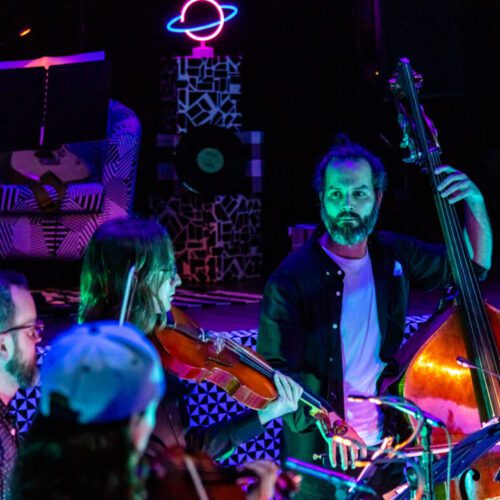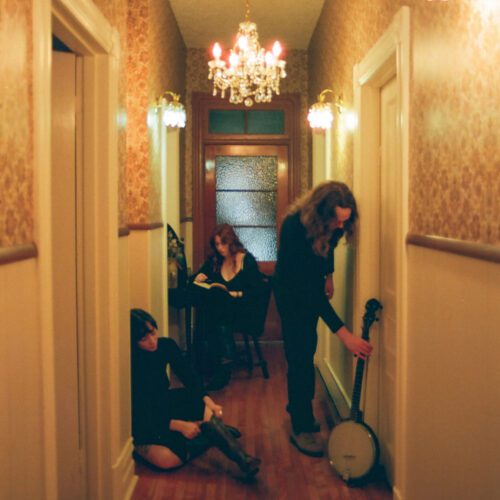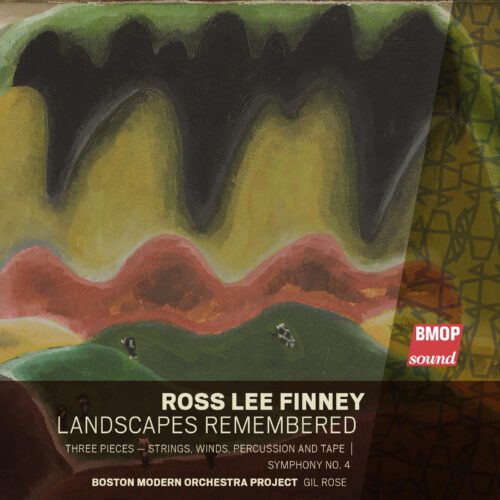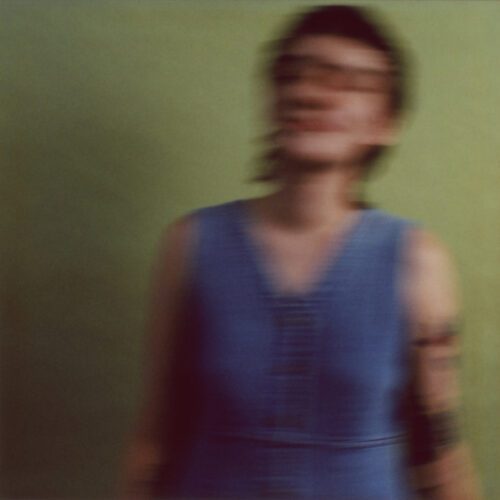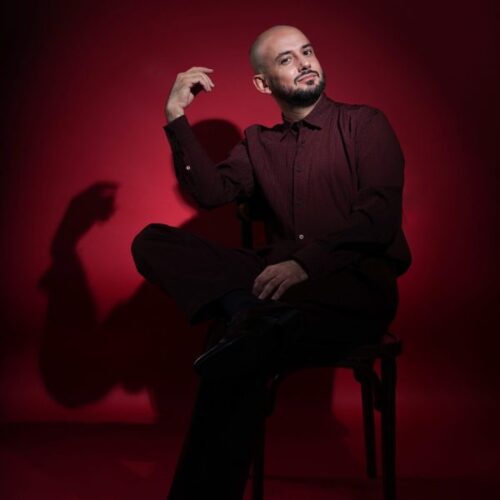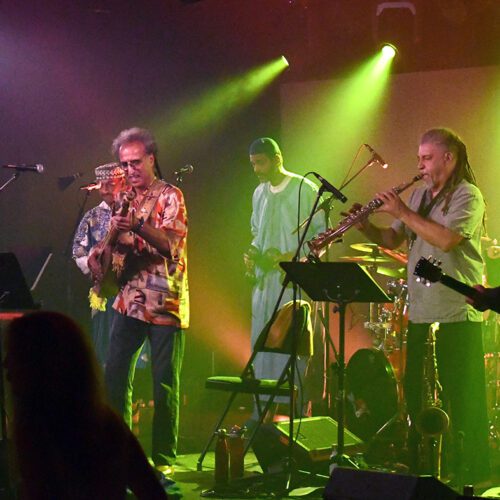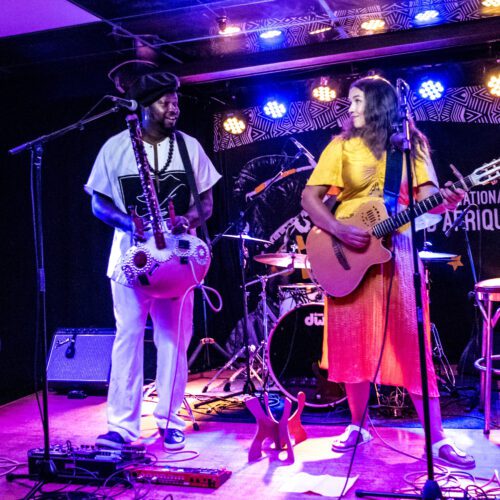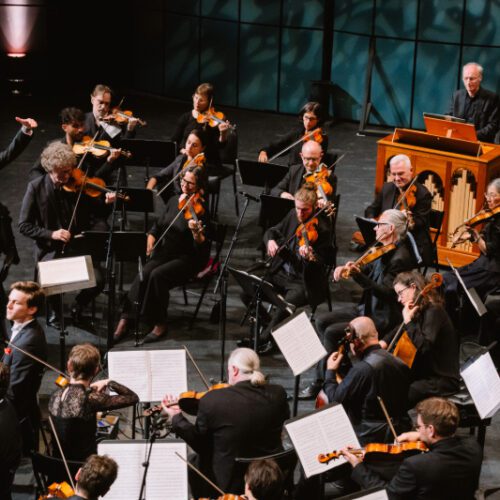Feminine transcendence. Electric Fields features Canadian soprano and hyper-artist Barbara Hannigan, well-known pianists Katia and Marielle Labèque, and French artist, composer and sound engineer David Chalmin. In one way or another, all the pieces on this album are about women. Most of them are by the medieval mystic Hildegard of Bingen, and a few others by the Italian baroque composers Barbara Strozzi and Francesca Caccini. The first two tracks (an arrangement for soprano and soaring electronics of Hildegarde’s O virga mediatrix, and a derivative instrumental composition for two pianos and electronics) plunge us into a gentle, soothing contemplative atmosphere, before moving on to something more agitated, Francesca Caccini’s Che t’ho fatt’io? transformed into rhythmic glitches and the digitised gurgling of Hannigan’s voice. The whole thing ends abruptly in a pianistic meditation. This is followed by Bryce Dessner’s (of The National fame) O orzchis Ecclesia, a lovely lyrical flight based on a text by Hildegard written in an invented language (by her). This is seductive post-minimalism, although it is riddled with dynamic and harmonic disturbances that are not apparent at the start of the work and that create an interesting narrative dramaturgy lasting some six minutes.
Chalmin continues with Lingua ignota, also inspired by a text in Hildegard’s invented language. Here, Hannigan whispers on a soft electro cushion, while the Labèque sisters’ pianos add a touch of impressionistic sound beading. A collective improvisation on Che si può fare? by the genius – and still too little-known – Barbara Strozzi (1619-1677) brings the programme further. The initial ambient atmosphere is quickly traversed by Hannigan’s ghostly, digitally processed vocalisations. The harmonic base gradually disintegrates, sometimes reaching atonality, and the piece takes on a calm but intriguing strangeness. Here we are more firmly planted in contemporary music, but without being too abrasive.
Chalmin adds his arrangement for soprano and piano of the same piece by Strozzi, in a version closer to the original (vocally speaking), to which the piano adds a touch of very contemporary neoclassicism, and above all very catchy. A few quivering electro colours add a unique and seductive touch to the piece.
For the penultimate piece, Bryce Dessner returns with another tribute to Hildegard, O nobilissima viriditas, where the undulating piano playing and Hannigan’s angelic voice launch the piece in a spellbinding fashion, before swelling the waves of sound and giving them impressive lyrical and dramatic power. Very, very strong.
The album closes with Hildegard’s O vis aeternitatis, in an arrangement by Chalmin, where once again Barbara Hannigan’s voice, responding to itself in ethereal digital echoes, floats peacefully on delicate swirls of electronic outcrops.
Not always equal in creative stature, but often spellbinding.
